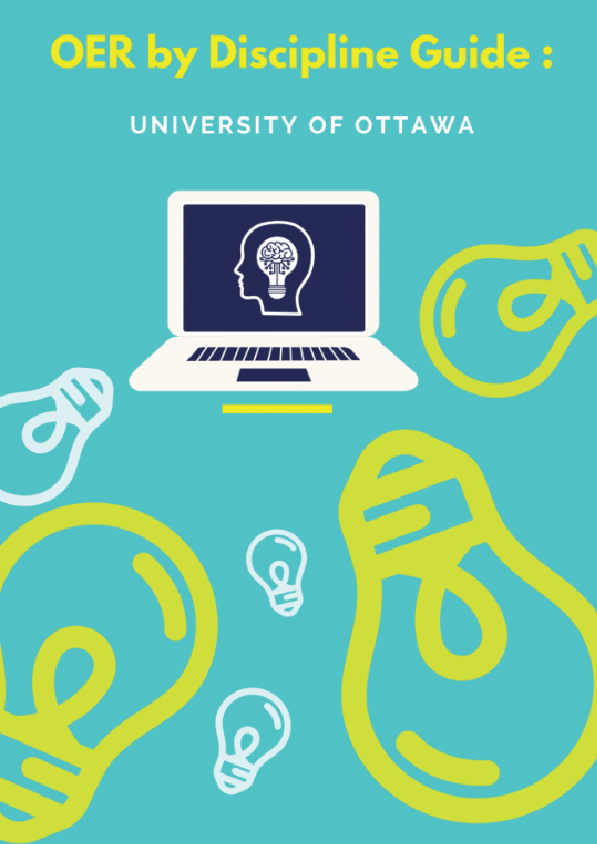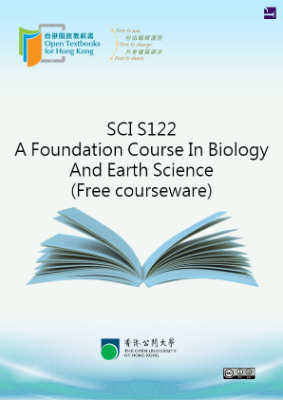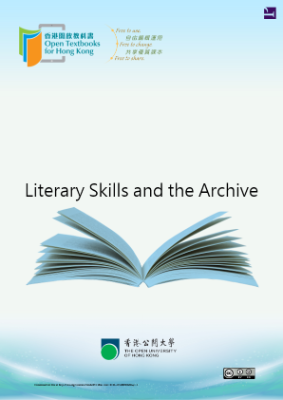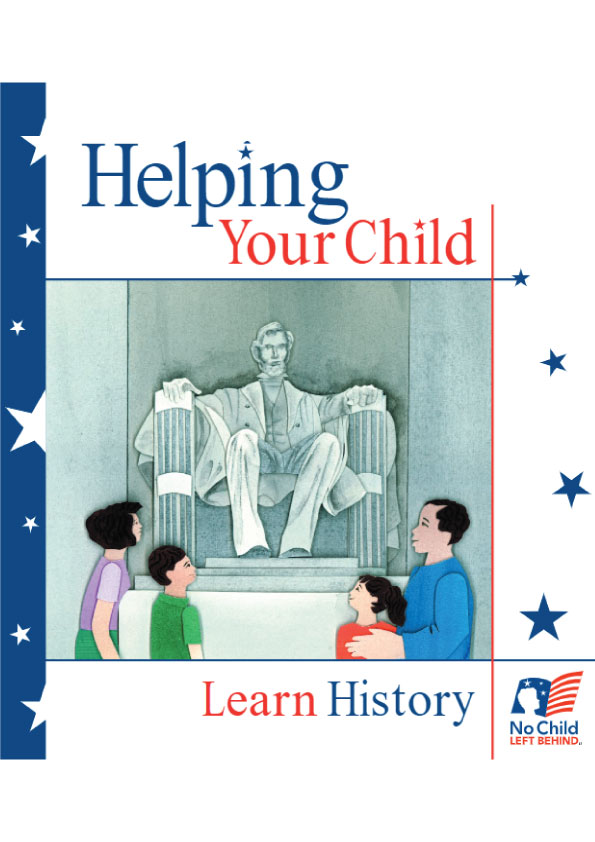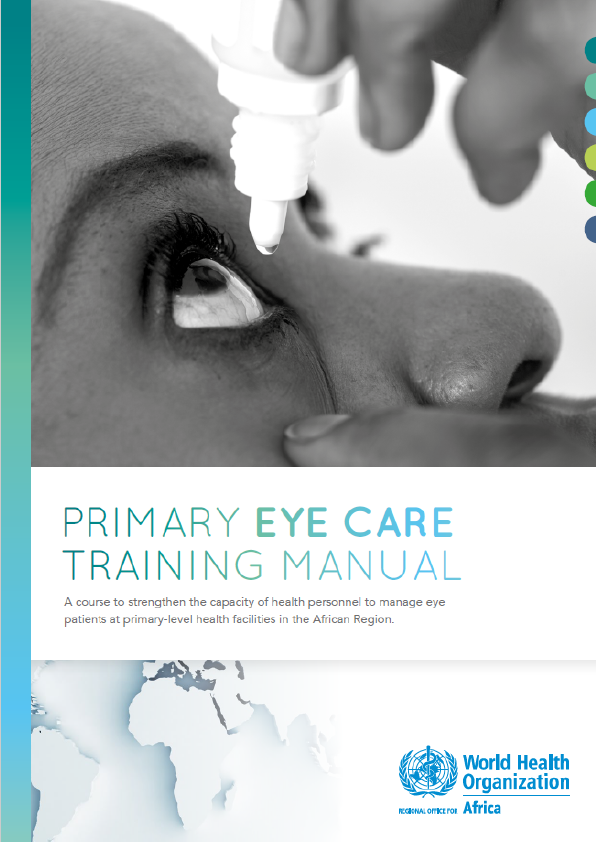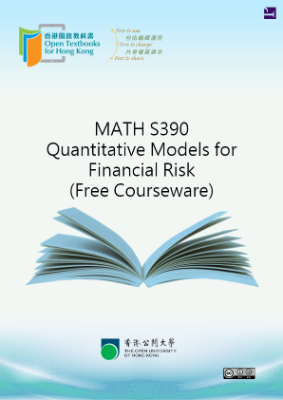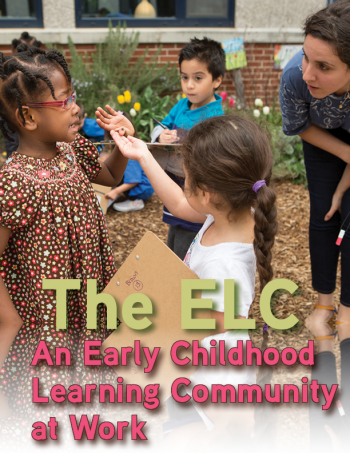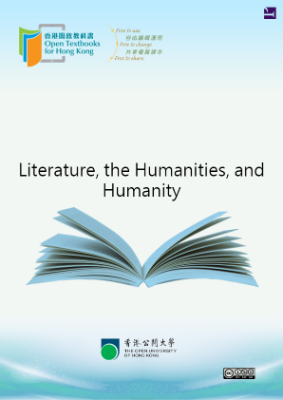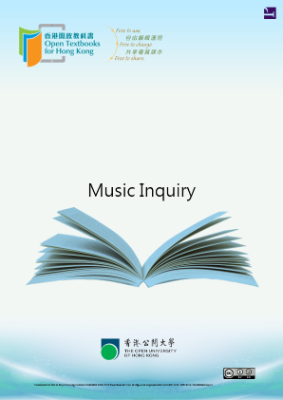This guide is organized by broad disciplines reflecting faculties at the University of Ottawa. We also included sections focusing on resources addressing indigenization and decolonization as well as anti-racism, accessibility, and EDI (equity, diversity, and inclusion). For each OER, the following information is provided:
- Title (hyperlinked to the resource) – an asterisk (*) indicates assessment by a uOttawa subject librarian for possible course match
- Author(s) and affiliation(s)
- Year of publication or last update
- Licence
- Description or abstract
- Formats
- Includes (noteworthy features)
- Reviews (if the resource has been reviewed by subject experts post-publication)
Suggested for specific uOttawa course(s)
To locate suggested OER, browse the table of contents organized by subjects. You can also use the search box located in the top-right of each page in the online version of this guide to search for a course code, for example, “ENG 1100” (in quotation marks). It will return a list of all chapters that include that code. To locate specific instances of that course code within a chapter, select the chapter and use the search (or “Find”) function within your browser.
OER are learning and teaching materials that are freely and openly available. They range from textbooks to entire courses and everything in between, including videos, podcasts, tests and exercises, websites, software, simulations, case studies, presentations slides, and more. The key is that they can be widely distributed and adapted because they are at no cost to the user and are not subject to the usual copyright restrictions. This openness is most often indicated by a Creative Commons licence.
What are Creative Commons (CC) licences?
Creative Commons licences act like a permission. When a creator applies one of the six free licences on their work, they retain their copyright but allow the public to share, remix and reuse the work legally without having to ask permission or pay additional fees, provided that the user complies with the conditions of the licence.
CC licences consist of two elements: the CC logo and icons representing a combination of conditions (which can also be represented by two letters or written out in long form).
Since Indigenous peoples have developed time-proven approaches to sustaining both community and environment, Elders and young people are concerned that this rich legacy of Indigenous Science with its wealth of environmental knowledge and the wisdom of previous generations could disappear if it is not respected, studied and understood by today’s children and youth. A perspective where relationships between home place and all other beings that inhabit the earth is vitally important to all residents—both inheritors of ancient Indigenous Knowledge and wisdom, and newcomers who can experience the engagement, joy and promise of science instilled with a sense of place. This book takes a step forward toward preserving and actively using the knowledge, stories, and lessons for today and future generations, and with it a worldview that informs everyday attitudes toward the earth. Knowing Home: Braiding Indigenous Science with Western Science is far more than a set of research papers or curriculum studies. The project outputs include both, but they are incorporated into a theoretical structure that can provide the methodological basis for future efforts that attempt to develop culturally responsive Indigenous Science curricula in home places.
